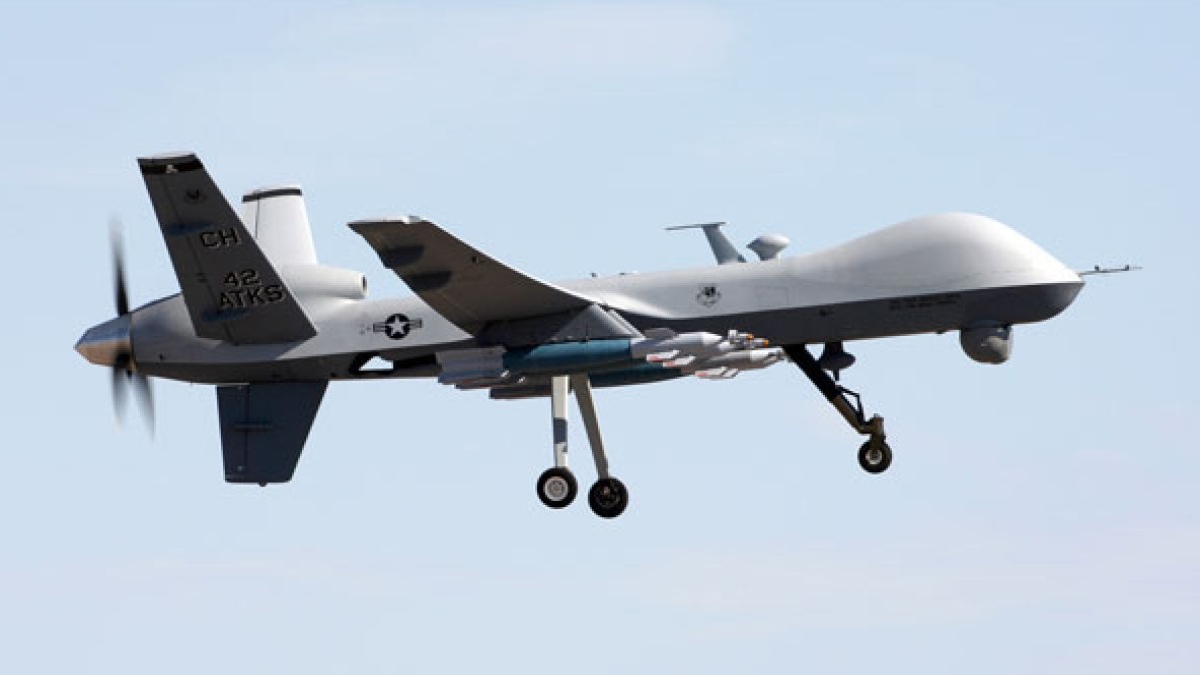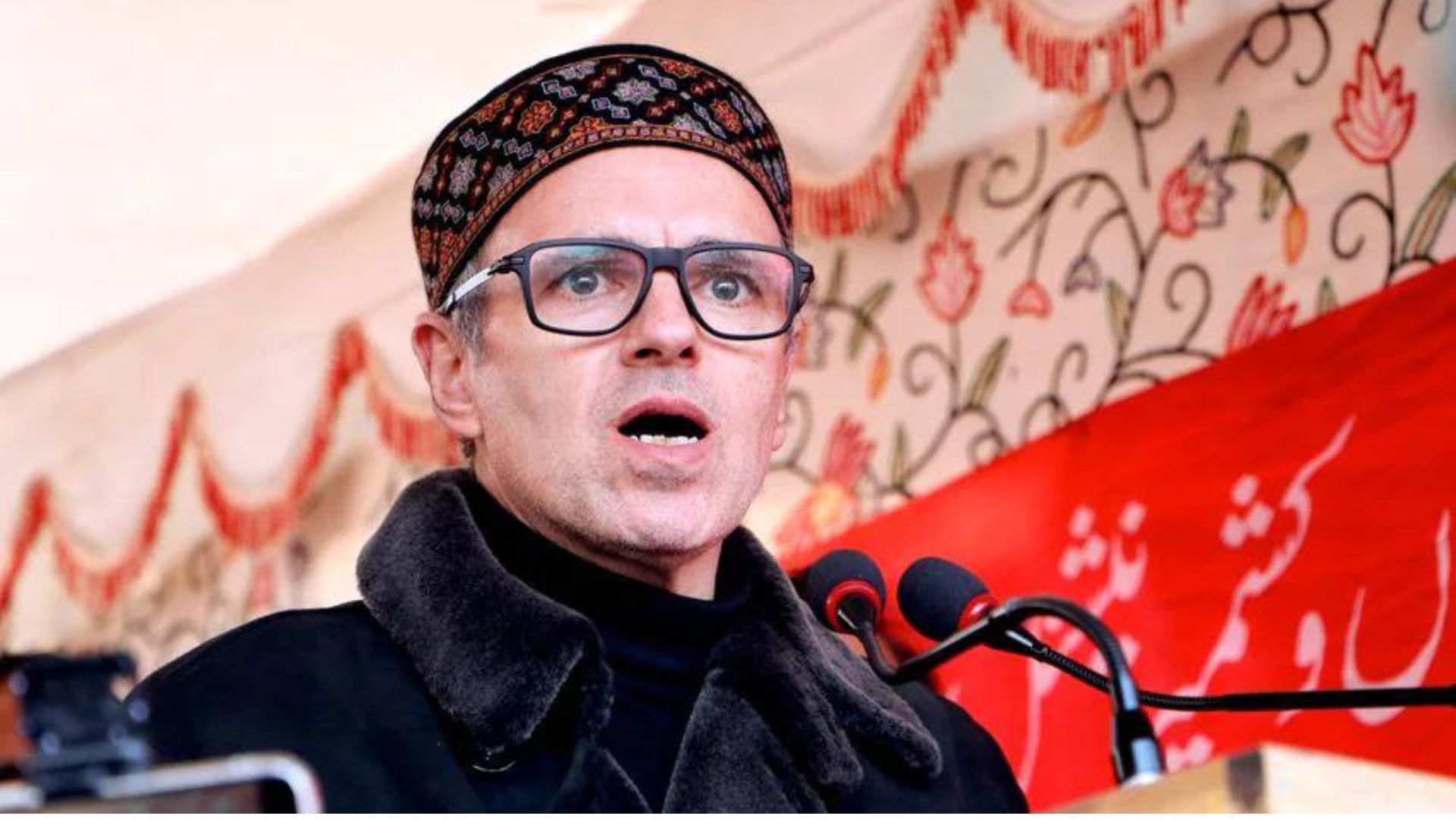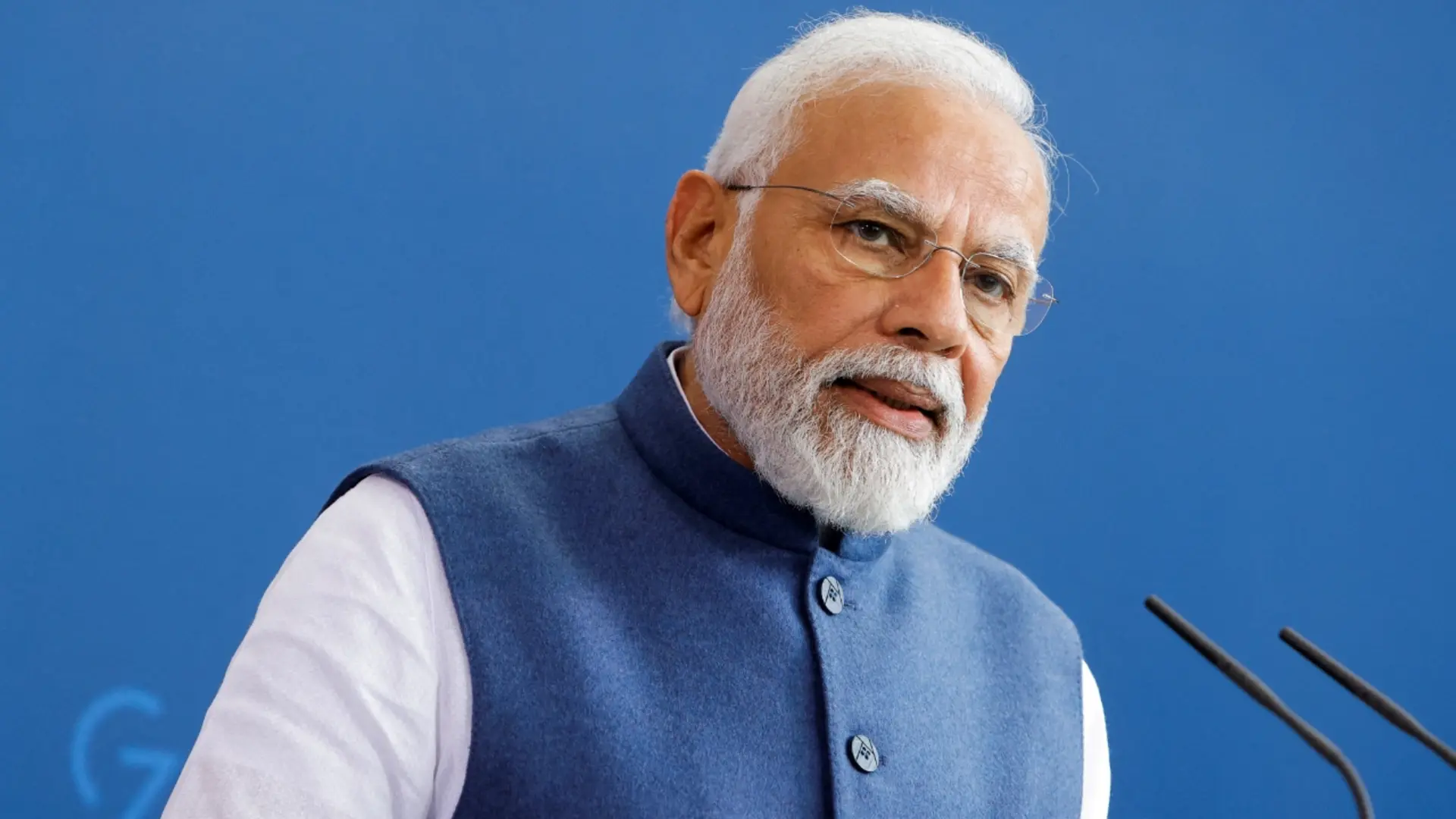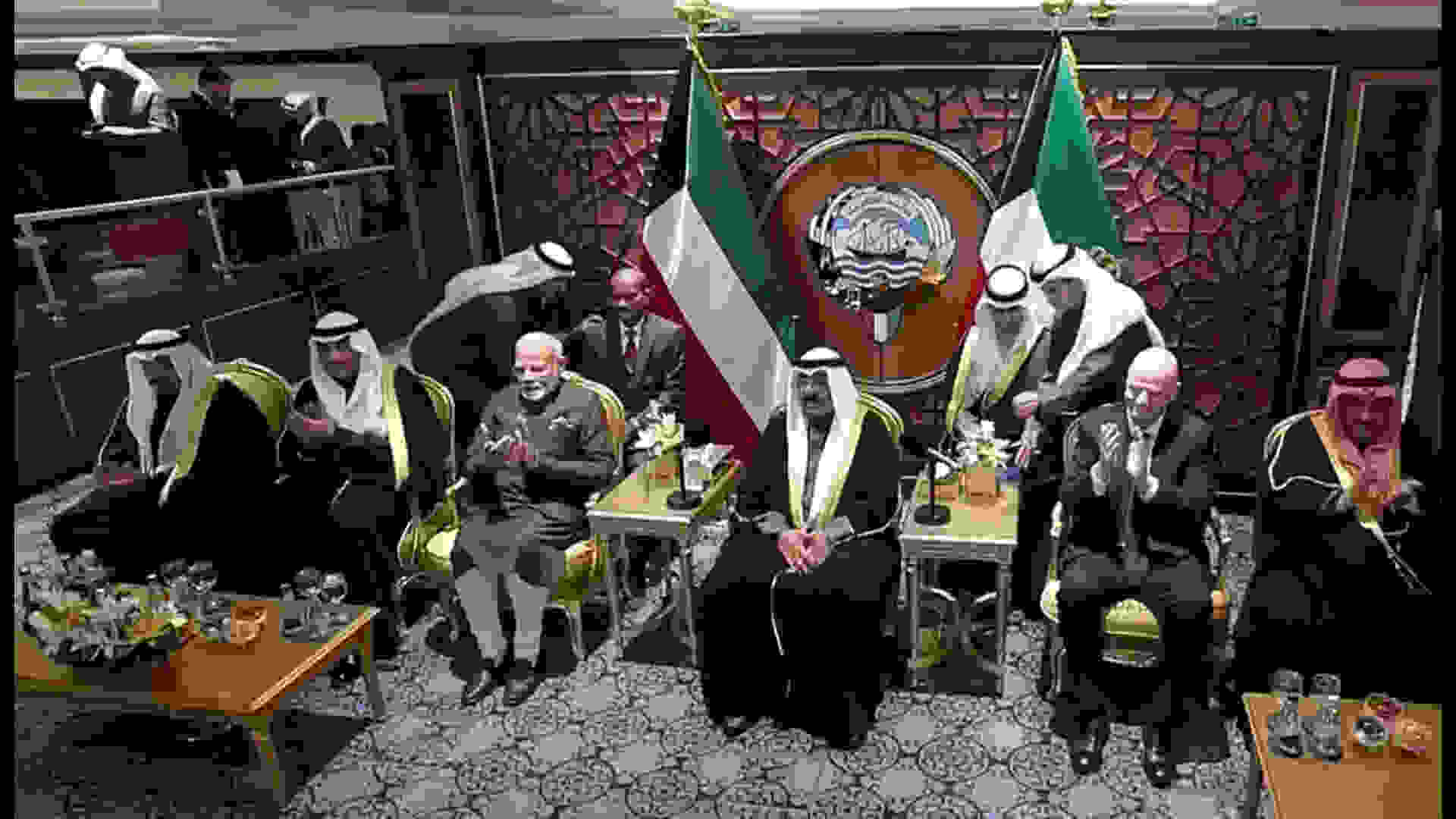The recently concluded State visit of Prime Minister Narendra Modi to the United States has taken India-US relations to an unprecedented height. During this visit, many important decisions have been taken to increase mutual cooperation in defense, strategy, and space, which will undoubtedly have far-reaching consequences in the future.
Under the Indo-US contract, 31 MQ-9Bs worth about $3.1 billion will be delivered to India by the American company General Atomics. Out of these 31 Predator drones, 15 will be used by the Maritime Guardian Navy and 8 each by the Army and Air Force. Some of these drones will be brought directly to India by the company. After this, they will be manufactured in Hindustan Aeronautics (HAL) by transfer of the latest technology. Over and above, the export of Predator drones made in India will also be possible. Infrastructure for maintenance, repair, overhaul, and upgradation of Predator drones will also be developed in India, which will be extended to countries like Japan and Australia.
The purchase of predator drones was approved by the US administration two years ago and the Indian Ministry of Defence approved an estimated amount of $3.1 billion in the context of the strategic and security assessment submitted by the Army.
Although much is being said about the price of predator drones, in recent years, a transparent process has been put in place by the Government of India to regulate defence deals, under which the contract between the foreign company and the Indian company is implemented by entering into a contract with the government of the country, instead of directly contracting with the manufacturer company. As a result, the role of middlemen in these deals has been completely eliminated. This entire process of procurement by the Ministry of Defence is meticulously and intensively carried out at every stage, including assessment of the value paid to other countries for any weapon system, the quality of the technology and support weapon systems likely to be supplied to India, firepower, and the transfer of technology required for future modernization, manufacture, maintenance, etc. It would not be appropriate to comment about the actual price of the Predator drone right now. Drones range from small sizes to large unmanned remotely piloted aircraft. In modern warfare systems, the use of drones is continuously increasing in most countries of the world.
DRDO, Bharat Electronics, HAL, and Aeronautical Development Establishment (ADE) are jointly building Tapas BH-201 in collaboration with the Navy to develop the technology of combat drones in India. Ghatak is another precision hit capability drone armed with missiles that are being developed in India. Along with this, India has an Israeli-made Heron drone system. Apart from the US and India, they are also being used by many other countries including Italy, France, Netherlands, Poland, Spain, United Kingdom, and Japan, although China and Pakistan do not have Predator drones. The Chinese drone, the Turkish-made Baykar Bayraktar TB2, and the Israeli-developed I.A.I. Herons, are nowhere near the Predator in terms of capabilities and efficacies.
The Predator is a high-altitude, long-endurance complete unmanned aerial combat system, which can fly at a speed of 400 km up to an altitude of 35,000 feet in high mountains and can play many important roles by flying up to 10,000 km in the air continuously for 40 hours. It has the capability of continuous espionage, surveillance, reconnaissance and, strategic operations, including the counter-attack in enemy territory from the border; it can be launched from air, sea, and land platforms and is capable of auto-landing and auto-take off. The predator is about 11.70 meters long and its wingspan is about 24 meters. It can fly with a total weight of 5,670 kg, including about 2,721 kg of fuel, and 2,150 kg of warhead. The Predator has a total of nine hard points for firing missiles and explosives, which can simultaneously fire the latest multi-mission air-to-ground, AGM-114 Hellfire missiles with multi-target precision-strike capability and about 450 kg of explosive material. Along with this, direct energy weapons can also be loaded in it in the future. The Predator is also equipped with airborne early warning, multi-spectral targeting system, multi-mode 360-degree sea surface search radar, automatic identification system (AIS), anti-submarine warfare (ASW), communication gateway etc. Its ground work station consists of 2 crews for navigation and operations. It can be seamlessly integrated with other US-origin platforms operated by India, P-8I, AH-64 Apache attack helicopters, MH-60R multi-role helicopters to extend the MQ-9B’s multi-domain mission set. Thus, 80% of the capacity of any state-of-the-art fighter aircraft can be achieved from the Predator without a pilot.
MQ 9 B Predator is much superior to its older versions MQ9A “Reaper” which was first flown in 2001. Predator has excelled in its capabilities in Central Asia in the Iraq war, Afghanistan and many other areas. The Predator drone was used by US Forces shortly after 9/11 to locate and identified Osama bin Laden in Afghanistan in 2000 and was shot dead by using Hellfire missiles. In the same manner, al-Qaeda leader Ayman al Zawahiri was killed by the US Forces by firing AGM-114 Hellfire missiles from a Predator drone in Kabul Afghanistan on 31 July 2022.
Apart from America and India, they are also being used by many other countries, including Italy, France, Netherlands, Poland, Spain, Britain, and Japan. Although China and Pakistan do not have Predator drones, Predator drones will prove to be very useful on the maritime borders in the Indian Ocean, as well as on the high mountains of the Indo-China border and the dense forest-covered borders with Pakistan. India has long been dependent on imports, especially from Russia, for its defence-related needs. However, in the last 10 years, it has fallen from 70% to 56%. Keeping in view the global rivalry, the Ukraine war, and China’s expansionist policy, the goal of a self-reliant India and the development and export of various defence systems, including tanks, artillery guns, water vessels, submarines, various types of business and war aircraft and unmanned remote-control systems, have been adopted by the government in India itself. However, in order to meet the short-term requirements and to optimally utilize the latest technology in defence production in India itself, there is a need for contracts that can not only equip our forces with the latest weapons, but also maintain and manufacture them in the country but also make their export possible in the future. The contract for the MQ 9B Predator drone is a result of this policy. As an emerging power in defence production, India is poised to play a bigger and more mature role in the South Asia Pacific region in the coming years.
Major General J.K.S. Parihar, Sena Medal, Bar to Vishisht Seva Medal (Retired), is former Additional Director General, AFMS and an expert in Defence and International Strategic Affairs.







